In early 1962, Lata Mangeshkar fell seriously ill. Doctors were called, and the medical investigation revealed that she was given slow poison.
Born on September 29, 1929, Lata Mangeshkar left the world last year in February. She was one of the best and most respected playback singers who recorded songs in over a thousand Hindi films and sang in more than thirty-six Indian languages.
She was born in Indore, Madhya Pradesh, to Pandit Deenanath Mangeshkar, a renowned classical singer and theater artist, and Shevanti. Her siblings, Meena, Asha, Usha, and Hridaynath, are all accomplished musicians and singers. Lata's upbringing was within the artistic ambiance of her father's theater company, known for producing musical plays. Her journey in the performing arts commenced at the age of five, initially through acting roles.
Attended school for one day:
She began singing and acting in her father Deenanath Mangeshkar’s musical plays when she was only five. On her first day at school, she started giving music lessons to other children and when the teacher asked her to stop, she felt so offended that she decided not to go to school ever. Other sources cite that she left school as she would always go to school with her younger sister Asha, and the school would object to it.
At a tender age of 13, tragedy struck Lata Mangeshkar's life as her father passed away due to heart disease, leaving her as the sole provider for her family. Struggling to make a mark in the music industry during the 1940s, she recorded her first song for the Marathi movie Kiti Hasaal (1942), although regrettably, the song was later excluded from the film. Relocating to Mumbai in 1945, her breakthrough arrived with the haunting melody 'Aayega Aanewala' from the movie Mahal (1949), catapulting her into stardom as one of Hindi cinema's most sought-after voices. During that year, Master Vinayak, a family friend who had been supporting the Mangeshkar family after her father's demise, offered her a minor role in his inaugural Hindi film, Badi Maa.
Her debut in Hindi cinema came with 'Mata Ek Sapoot Ki Duniya Badal De Tu' for the Marathi film Gajaabhaau (1943). Relocating to Mumbai in 1945 with Vinayak's company, she began music lessons under Ustad Aman Ali Khan of Bhindibazaar Gharana. Progressing in her career, she lent her voice to 'Paa Lagoon Kar Jori' in Vasant Joglekar's Hindi film ‘Aap Ki Seva Mein’ (1946). Her sister Asha also contributed to Vinayak's debut Hindi film, 'Badi Maa' (1945), while Lata sang the bhajan ‘Maata Tere Charnon Mein’ for the movie. Her encounter with composer Vasant Desai happened during the recording of Vinayak's second Hindi film, 'Subhadra' in 1946.
Slow Poison:
In early 1962, Lata Mangeshkar fell seriously ill. Doctors were called, and the medical investigation revealed that she was given slow poison. She fought a life-and-death battle for three days. The episode left her physically weak, and she remained bedridden for nearly three months. Soon after the incident, their cook vanished from home, without taking his wages. During this time, the late Bollywood lyricist Majrooh Sultanpuri would regularly visit didi, taste her food first and only then allow her to eat.
Non-Singing Endeavours:
She had started her career as an actor. She starred in Pahili Mangalagaur (1942) and then also featured in films like Chimukla Sansar (1943) and Maajhe Baal (1944). She, however, stated that she was uncomfortable acting and that applying make-up and laughing or crying as per the instructions of the director was not something that she enjoyed.
![submenu-img]() Viral video: Ghana man smashes world record by hugging over 1,100 trees in just one hour
Viral video: Ghana man smashes world record by hugging over 1,100 trees in just one hour![submenu-img]() This actress, who gave blockbusters, starved to look good, fainted at many events; later was found dead at...
This actress, who gave blockbusters, starved to look good, fainted at many events; later was found dead at...![submenu-img]() Taarak Mehta actor Gurucharan Singh operated more than 10 bank accounts: Report
Taarak Mehta actor Gurucharan Singh operated more than 10 bank accounts: Report![submenu-img]() Ambani, Adani, Tata will move to Dubai if…: Economist shares insights on inheritance tax
Ambani, Adani, Tata will move to Dubai if…: Economist shares insights on inheritance tax![submenu-img]() Cargo plane lands without front wheels in terrifying viral video, watch
Cargo plane lands without front wheels in terrifying viral video, watch![submenu-img]() DNA Verified: Is CAA an anti-Muslim law? Centre terms news report as 'misleading'
DNA Verified: Is CAA an anti-Muslim law? Centre terms news report as 'misleading'![submenu-img]() DNA Verified: Lok Sabha Elections 2024 to be held on April 19? Know truth behind viral message
DNA Verified: Lok Sabha Elections 2024 to be held on April 19? Know truth behind viral message![submenu-img]() DNA Verified: Modi govt giving students free laptops under 'One Student One Laptop' scheme? Know truth here
DNA Verified: Modi govt giving students free laptops under 'One Student One Laptop' scheme? Know truth here![submenu-img]() DNA Verified: Shah Rukh Khan denies reports of his role in release of India's naval officers from Qatar
DNA Verified: Shah Rukh Khan denies reports of his role in release of India's naval officers from Qatar![submenu-img]() DNA Verified: Is govt providing Rs 1.6 lakh benefit to girls under PM Ladli Laxmi Yojana? Know truth
DNA Verified: Is govt providing Rs 1.6 lakh benefit to girls under PM Ladli Laxmi Yojana? Know truth![submenu-img]() Alia Bhatt wears elegant saree made by 163 people over 1965 hours to Met Gala 2024, fans call her ‘princess Jasmine’
Alia Bhatt wears elegant saree made by 163 people over 1965 hours to Met Gala 2024, fans call her ‘princess Jasmine’![submenu-img]() Jr NTR-Lakshmi Pranathi's 13th wedding anniversary: Here's how strangers became soulmates
Jr NTR-Lakshmi Pranathi's 13th wedding anniversary: Here's how strangers became soulmates![submenu-img]() Streaming This Week: Heeramandi, Shaitaan, Manjummel Boys, latest OTT releases to binge-watch
Streaming This Week: Heeramandi, Shaitaan, Manjummel Boys, latest OTT releases to binge-watch![submenu-img]() Remember Ayesha Kapur? Michelle from Black, here's how actress, nutrition coach, entrepreneur looks after 19 years
Remember Ayesha Kapur? Michelle from Black, here's how actress, nutrition coach, entrepreneur looks after 19 years![submenu-img]() Remember Heyy Babyy's cute 'Angel' Juanna Sanghvi? 20 year-old looks unrecognisable now, fans say 'her comeback will...'
Remember Heyy Babyy's cute 'Angel' Juanna Sanghvi? 20 year-old looks unrecognisable now, fans say 'her comeback will...'![submenu-img]() Haryana Political Crisis: Will 3 independent MLAs support withdrawal impact the present Nayab Saini led-BJP government?
Haryana Political Crisis: Will 3 independent MLAs support withdrawal impact the present Nayab Saini led-BJP government?![submenu-img]() DNA Explainer: Why Harvey Weinstein's rape conviction was overturned, will beleaguered Hollywood mogul get out of jail?
DNA Explainer: Why Harvey Weinstein's rape conviction was overturned, will beleaguered Hollywood mogul get out of jail?![submenu-img]() What is inheritance tax?
What is inheritance tax?![submenu-img]() DNA Explainer: What is cloud seeding which is blamed for wreaking havoc in Dubai?
DNA Explainer: What is cloud seeding which is blamed for wreaking havoc in Dubai?![submenu-img]() DNA Explainer: What is Israel's Arrow-3 defence system used to intercept Iran's missile attack?
DNA Explainer: What is Israel's Arrow-3 defence system used to intercept Iran's missile attack?![submenu-img]() This actress, who gave blockbusters, starved to look good, fainted at many events; later was found dead at...
This actress, who gave blockbusters, starved to look good, fainted at many events; later was found dead at...![submenu-img]() Taarak Mehta actor Gurucharan Singh operated more than 10 bank accounts: Report
Taarak Mehta actor Gurucharan Singh operated more than 10 bank accounts: Report![submenu-img]() Aavesham OTT release: When, where to watch Fahadh Faasil's blockbuster action comedy
Aavesham OTT release: When, where to watch Fahadh Faasil's blockbuster action comedy![submenu-img]() Sonakshi Sinha slams trolls for crticising Heeramandi while praising Bridgerton: ‘Bhansali is selling you a…’
Sonakshi Sinha slams trolls for crticising Heeramandi while praising Bridgerton: ‘Bhansali is selling you a…’![submenu-img]() Sanjeev Jha reveals why he cast Chandan Roy in his upcoming film Tirichh: 'He is just like a rubber' | Exclusive
Sanjeev Jha reveals why he cast Chandan Roy in his upcoming film Tirichh: 'He is just like a rubber' | Exclusive![submenu-img]() IPL 2024: Mumbai Indians knocked out after Sunrisers Hyderabad beat Lucknow Super Giants by 10 wickets
IPL 2024: Mumbai Indians knocked out after Sunrisers Hyderabad beat Lucknow Super Giants by 10 wickets![submenu-img]() PBKS vs RCB IPL 2024: Predicted playing XI, live streaming details, weather and pitch report
PBKS vs RCB IPL 2024: Predicted playing XI, live streaming details, weather and pitch report![submenu-img]() PBKS vs RCB IPL 2024 Dream11 prediction: Fantasy cricket tips for Punjab Kings vs Royal Challengers Bengaluru
PBKS vs RCB IPL 2024 Dream11 prediction: Fantasy cricket tips for Punjab Kings vs Royal Challengers Bengaluru![submenu-img]() Watch: Bangladesh cricketer Shakib Al Hassan grabs fan requesting selfie by his neck, video goes viral
Watch: Bangladesh cricketer Shakib Al Hassan grabs fan requesting selfie by his neck, video goes viral![submenu-img]() IPL 2024 Points table, Orange and Purple Cap list after Delhi Capitals beat Rajasthan Royals by 20 runs
IPL 2024 Points table, Orange and Purple Cap list after Delhi Capitals beat Rajasthan Royals by 20 runs![submenu-img]() Viral video: Ghana man smashes world record by hugging over 1,100 trees in just one hour
Viral video: Ghana man smashes world record by hugging over 1,100 trees in just one hour![submenu-img]() Cargo plane lands without front wheels in terrifying viral video, watch
Cargo plane lands without front wheels in terrifying viral video, watch![submenu-img]() Tiger cub mimics its mother in viral video, internet can't help but go aww
Tiger cub mimics its mother in viral video, internet can't help but go aww![submenu-img]() Octopus crawls across dining table in viral video, internet is shocked
Octopus crawls across dining table in viral video, internet is shocked![submenu-img]() This Rs 917 crore high-speed rail bridge took 9 years to build, but it leads nowhere, know why
This Rs 917 crore high-speed rail bridge took 9 years to build, but it leads nowhere, know why 

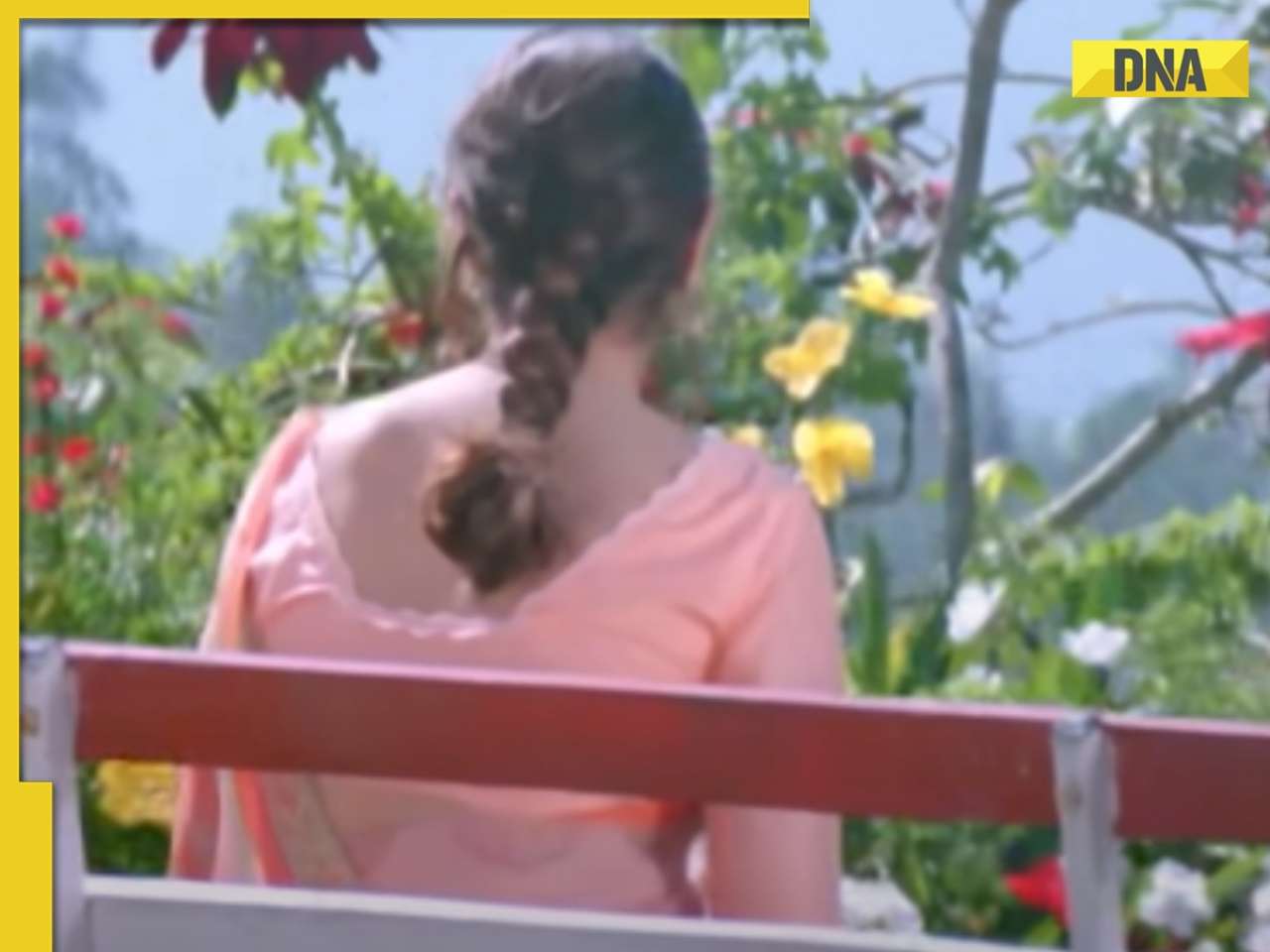



























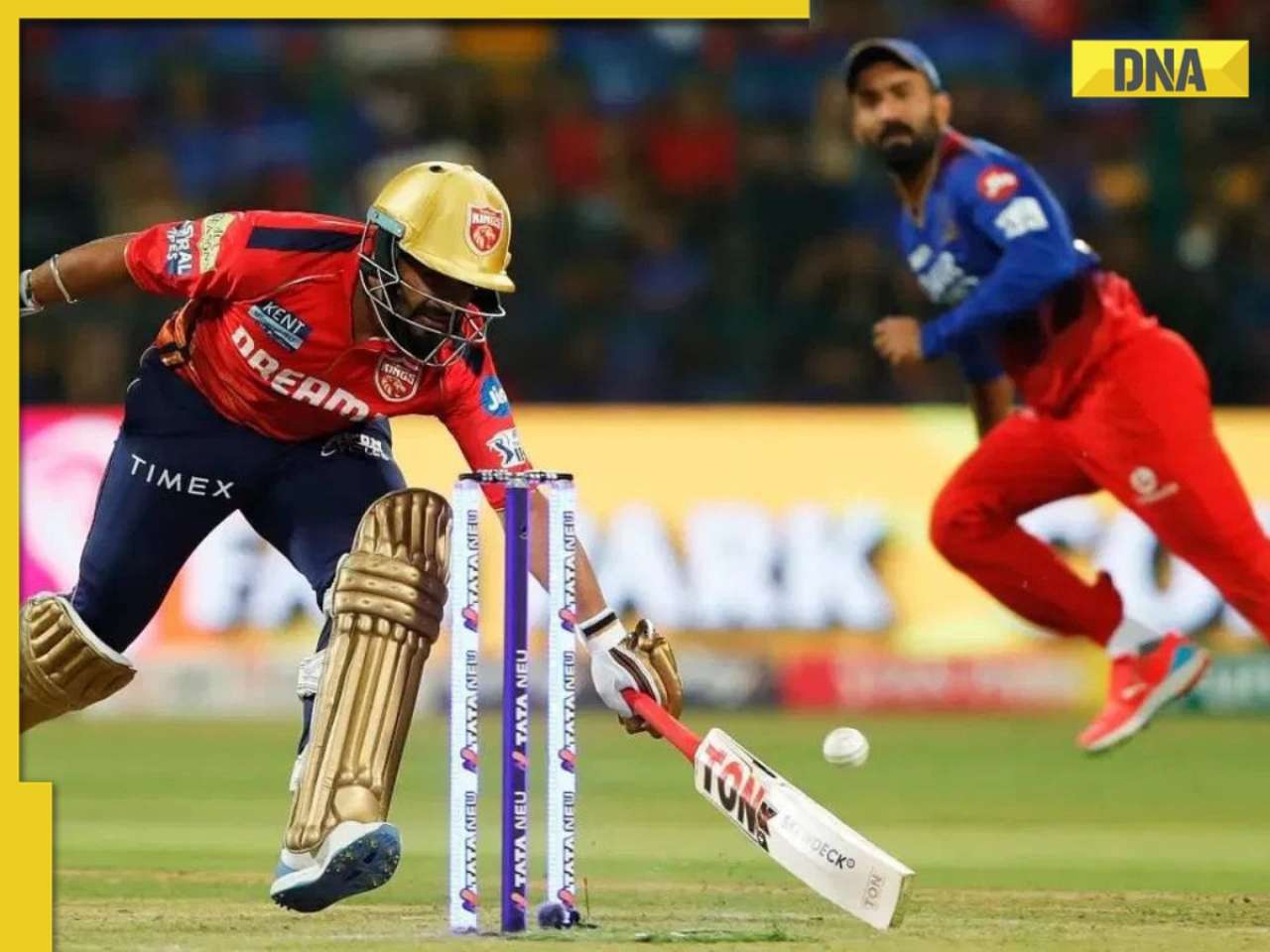
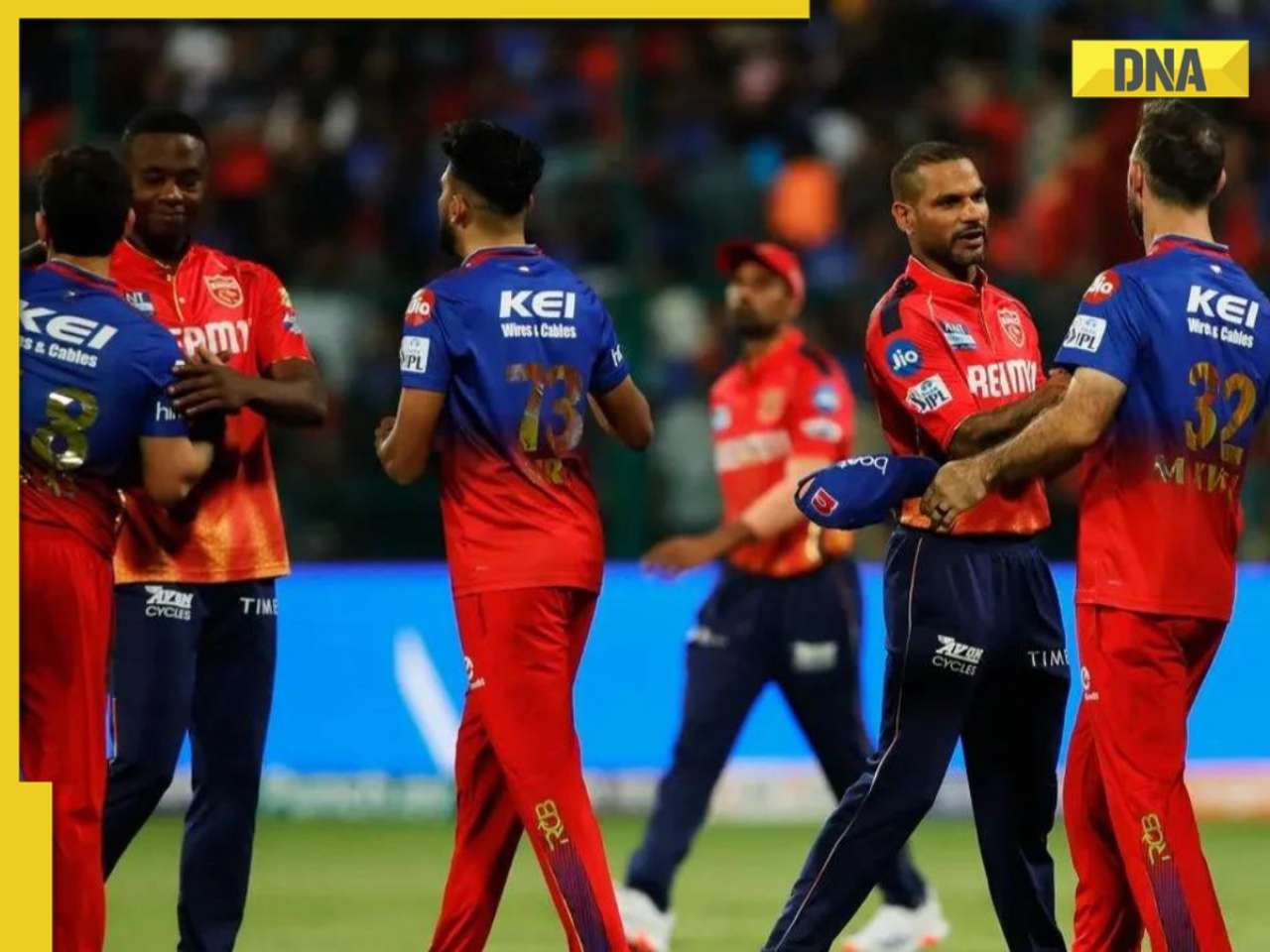

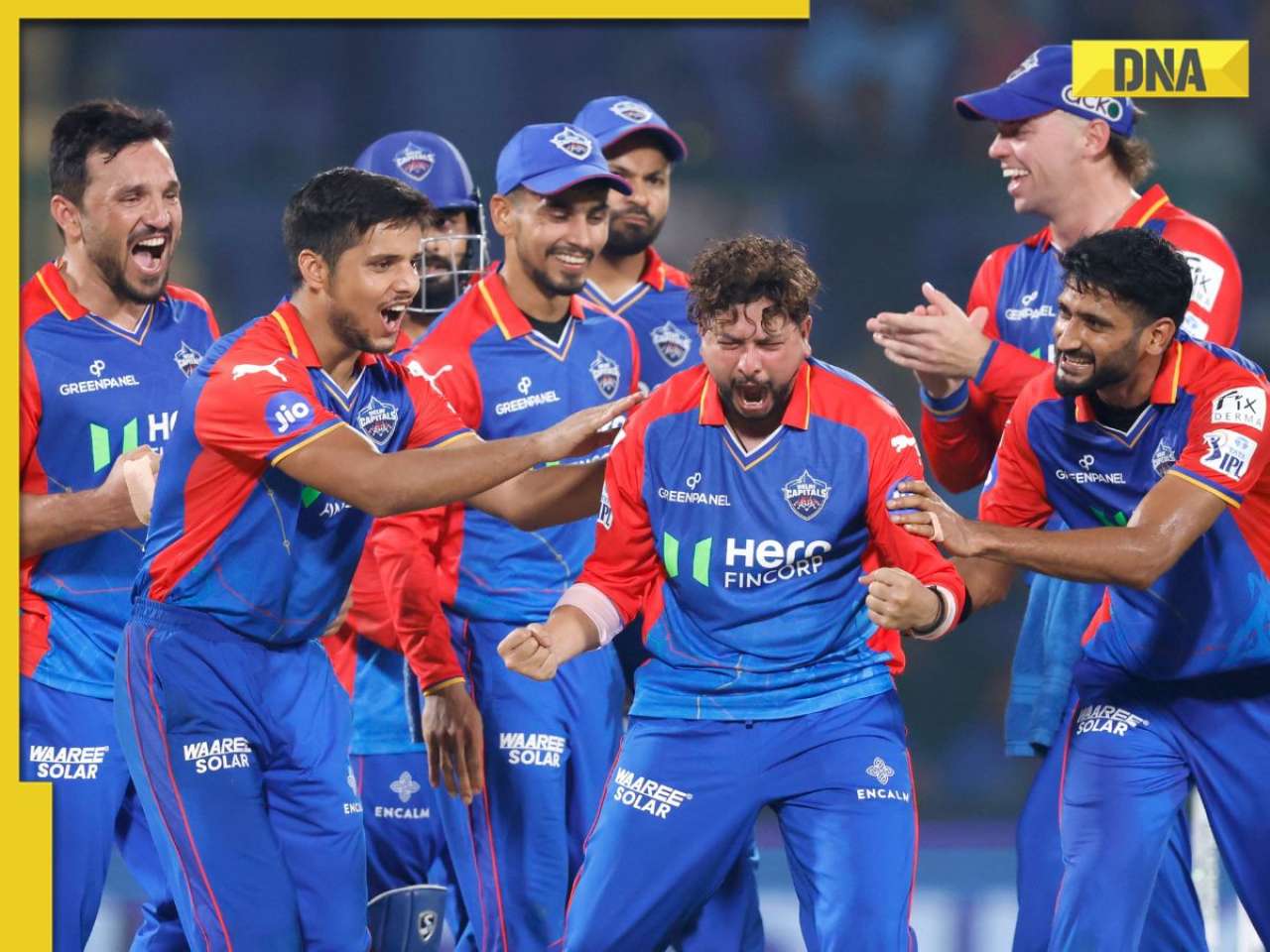

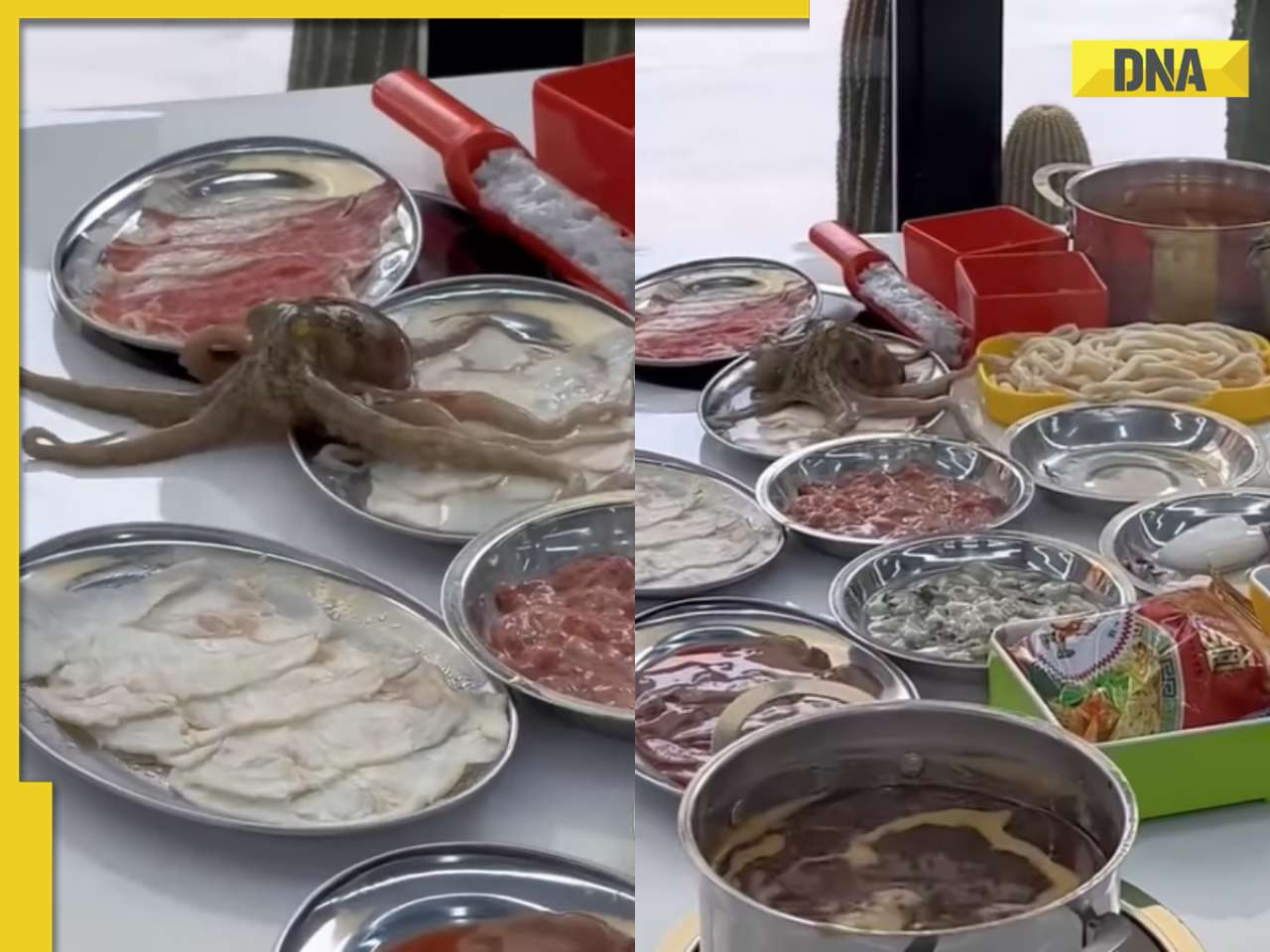


)












)
)
)
)
)
)